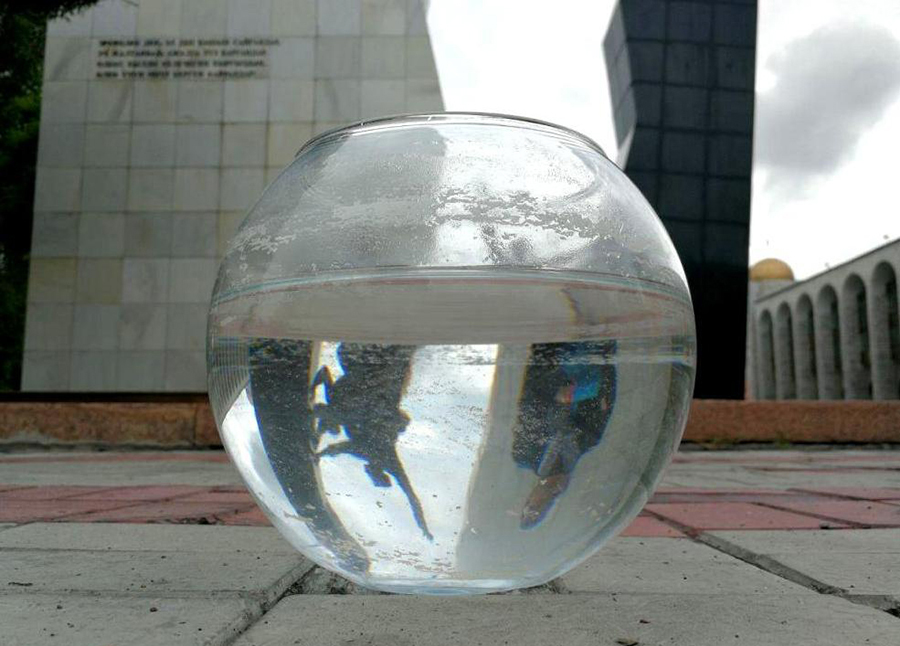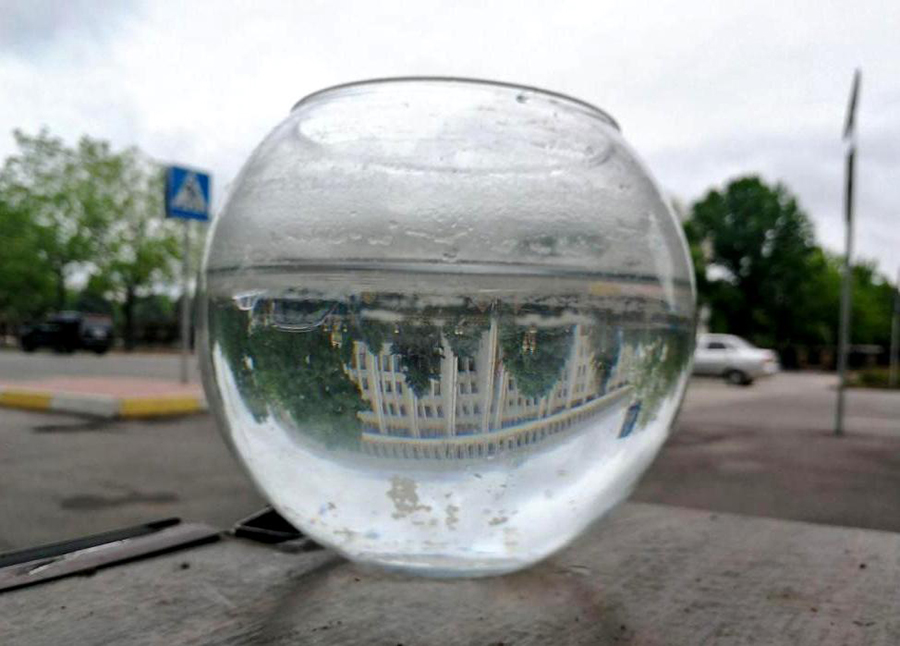Art in Central Asia during the quarantine
April 10, 2020
—
Nellya Dzhamanbaeva
I went through several stages when the quarantine was announced. The first stage was an observation. Being far from the crisis, without full information about the virus, I was a bit skeptical about it. The next stage I faced, being closed at home was “okay, now I’ll have more time to do what I haven’t had time to do before.” After that came a realization of the situation, and I was scared of what would be tomorrow. How will I survive? After the acceptance of the inability to change the situation came recognition. That led me to desire to do something and continue to work in the frames of the current circumstances.
I feel that this emotional portrait could be applied to the art institutions as well. On the last stage, there are two variations: one is a desire to move forward, another is anger and the inability to be flexible. It all depends on the management and creativity. Some institutions could change and adapt to the situation, even taking advantage of it; another couldn’t and will be stuck even though the current time shows an inability to avoid digitalization. This situation also applies to the art market and artists in general. One will find ways to extend their influence and gather more attention; others will die or, with time, will follow the path of those who invented new forms. In general, this is an entire period of being creative, finding new ways of collaboration and forming digital strategies towards sustainability.
Currently, I am happy to see that now it is a time of art blossoming. Being isolated, people watch films, listen to music, draw, craft, play on musical instruments or learn to do it, read books (even online), take part in art challenges, etc. Art institutions are available as they never were before. They organize virtual tours, show exhibitions online, guide, show ballets, performances, hold live translations, and FREE! It is the right time to recruit people to art, teaching them about it, allowing them to try it, being accessible, and creating loyalty. This time should be considered as an asset and investment to the future bigger auditorium. When the crisis ends, they need to adapt and maintain attention, finding new ways to attract people to their events.
What I see now is that every day there are new situations. Announcements appear from the governments, and it is a time of being fully conscious. In some countries, because of the quarantine and curfew (as in Kyrgyzstan), there is a lack of media information as they are limited in movements. This leads to misinformation, which is very dangerous. Politics tries to use this time to take more power and influence. Lack of education and knowledge leads to acceptance of everything they say. It is crucial to keep track of pulse and not allow overusing of power and strangling of freedom. People are unusually adaptive, and I see how those in power use this period to promote their draft laws that could be harmful. That is why I think it is essential to be actively involved in the situation and use art to talk about it. It is essential to inform people in a more understandable and accessible method for them – art. During the period of quarantine, I’ve created several artworks dedicated to isolation and how the government doesn’t do much for people. They keep them at home without support and lobby state legislations. One of the works called “How I see the government/ How government (doesn’t) see me” is about the isolation both for the government and for the citizens. It seemed that government doesn’t see the problems of the people left without work or any financial support. There are volunteer groups that have formed and support those in need, providing food, essentials, medicine, sewing protection costumes for doctors and face masks. Sympathetic people in diasporas from abroad have donated money to support those needing it.
At the same time, government initiates a draft law about the referendum to reform the government – parliamentary or presidential. That is definitely not an important topic today for the country, but somehow important for certain individuals. For example, those who are on the front line today – doctors and medical personnel don’t have enough equipment to protect themselves and still haven’t received promised increase in salary due to increased working hours. I’ve made a contribution to the doctors with public art installation “Crane” by placing it on the gates of the National Hospital. I’ve also made an art intervention to the pharmacies with the free distribution of self-made facemasks “Maska bar” (we have masks). It was a reaction to the lack of facemasks in the pharmacies after the quarantine declaration. They placed a sign “No masks. Maska jok,” and it was said that people flocked to buy masks. Often those in need don’t have an opportunity to buy it.
There are already many mistakes that have terrible consequences. For example, raising nationalism towards Asian people. I see art institutions as influencers that build such cases to talk with their audience. My point of view is that they need to be socially involved; this is when they cannot ignore problems anymore and need to take a position and raise questions. A few Central Asian countries, artists, curators, and art managers have united and created a group where they could sell their artworks to each other for the available price. It is excellent, because they support each other. Another thing that some people find perspective to do in the current moment is invest in art as it is always an asset.
I would say that we live in a strange time whereas usually there are pros and cons, but the most important aspect to remember is that tomorrow will be a new day and we could do something we have not done today. It is always possible to find the solution and do something meaningful to influence the future sustainability of art institutions (as well as personal).
Nellya is an artist, art manager, and curator from Bishkek, Kyrgyzstan.


